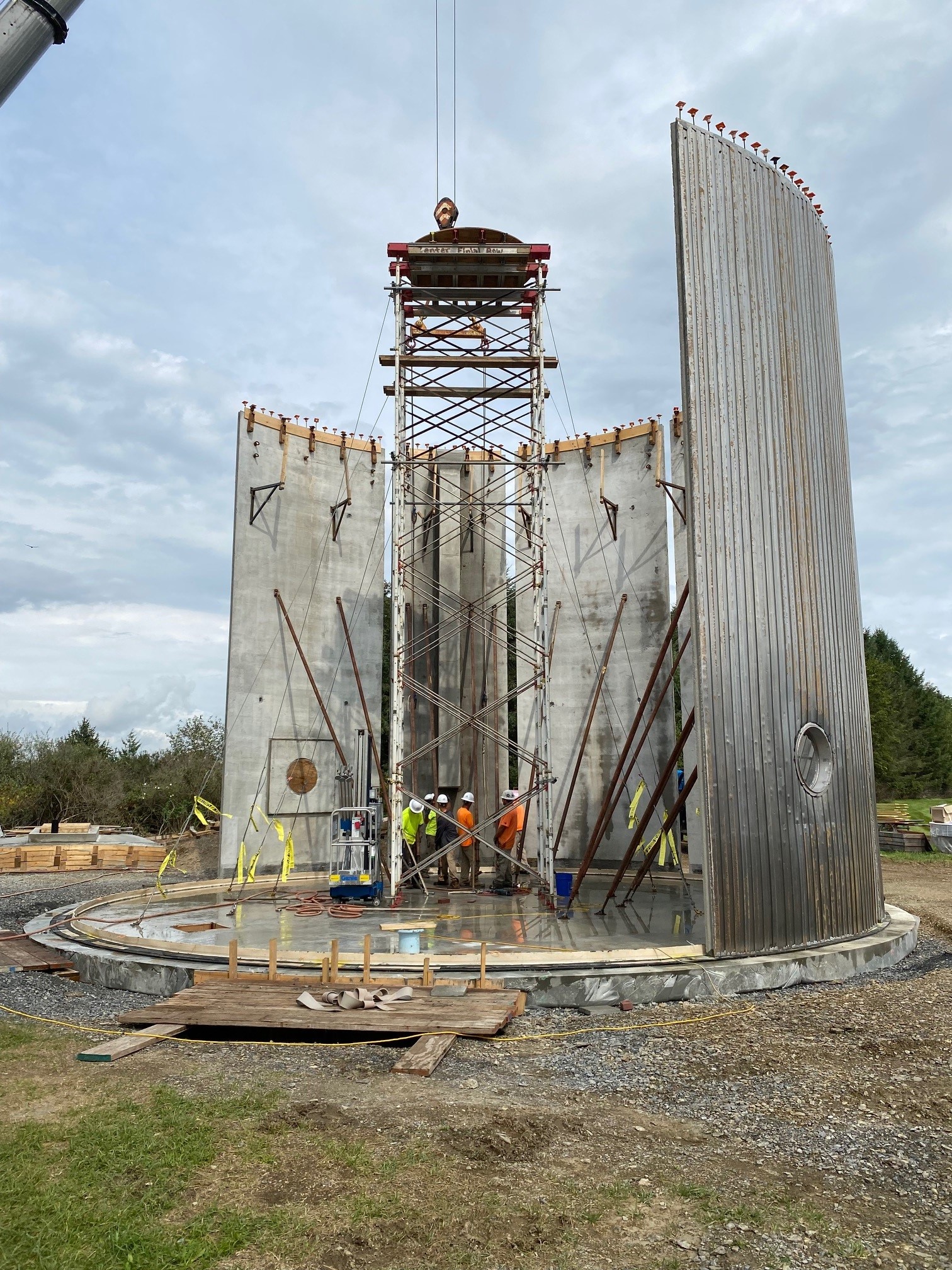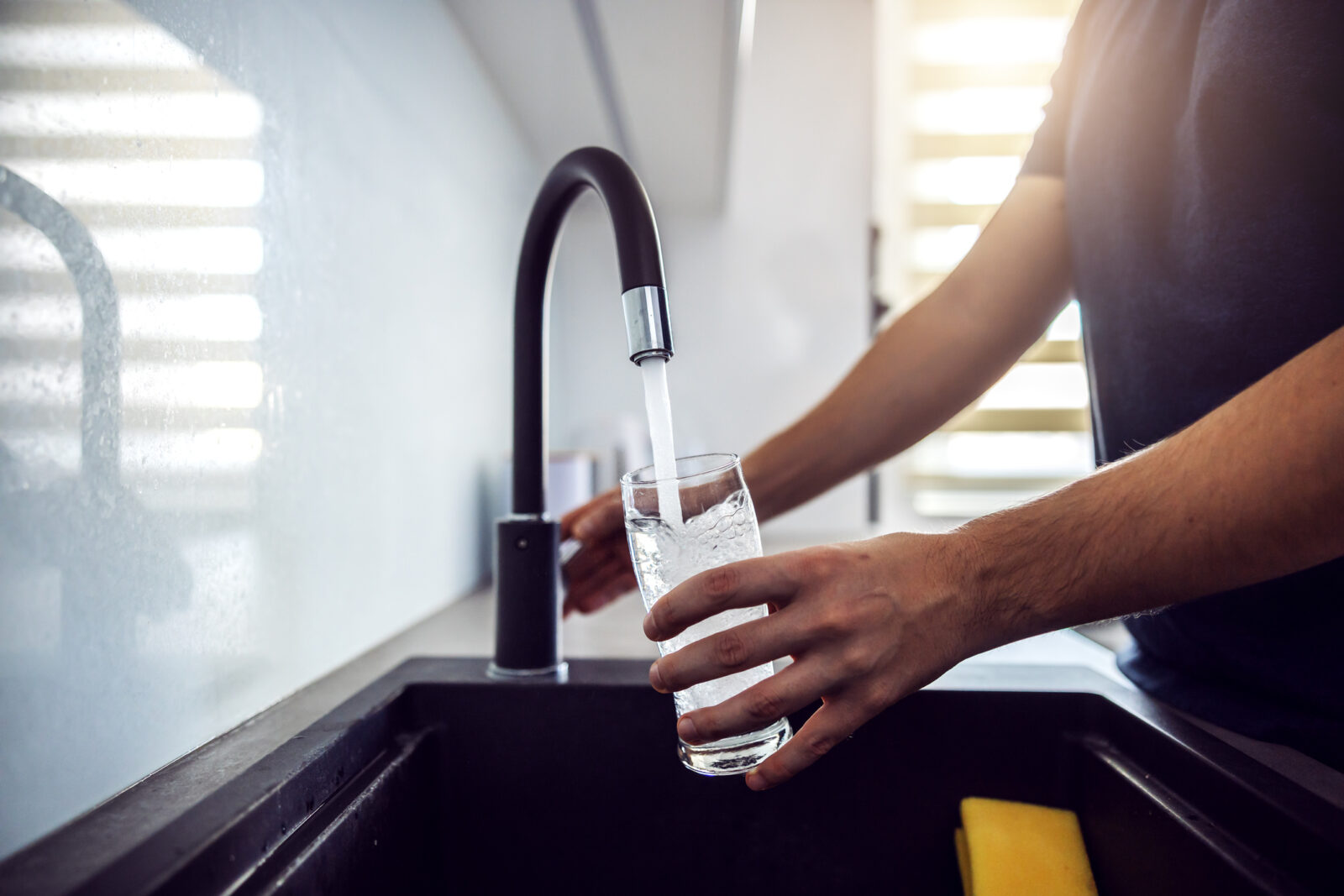Water Works

Engineers Are Among LCA’s Unsung Heroes
February 21, 2022The next time you wash the dishes, grab a drink from the tap, take a shower, use the toilet, or do your laundry … thank an engineer! Most of us don’t realize it, but if it weren’t for engineers, our water and wastewater couldn’t get from Point A to Point B. That’s why LCA is…

Infrastructure Bill a Much-Needed Investment in Nation’s Water Systems
December 7, 2021If you’ve been keeping up with the news, you probably know that on Nov. 12, President Biden signed a $1.2 trillion infrastructure bill into law. And just last week, the administration announced that $7.4 billion (out of $50 billion) will be distributed to states, tribes and territories for 2022, earmarked for water infrastructure. The remainder…
Where Does My Drinking Water Come From? How LCA Collects, Treats and Transports Your H2O
July 14, 2020Water, Water, Everywhere Clean water is one of those things you take for granted: When you walk into the kitchen and turn on the tap, it just flows out. But did you ever stop to wonder, “How did my water get here? Where does drinking water come from?” Over the next few blog posts, we’ll…
LCA Wins Water Quality Award for 12th Year in a Row
November 5, 2019Congratulations to our great Water Filtration Plant team for receiving the Area Wide Optimization Program (AWOP) Award for the twelfth year in a row! The award is presented to participants that meet the American Water Works Association Partnership program’s water quality standards, which are much more stringent than standards set in place by the state Department…
Tertiary Nitrification: How Ammonia Is Removed From Wastewater
October 3, 2019In our last post, we explained how plastic media filters remove contaminants during secondary treatment. Today we’re going to talk about the next level of treatment, which removes ammonia through a process called tertiary nitrification. As you can see from the picture above, it’s probably not what you imagine when you think of water treatment!…
Wastewater Treatment Starts with Screening Out Items That Don’t Belong
March 14, 2019As long as everything works the way it’s intended, most of us take for granted the water and wastewater services we use every day. But have you ever been curious about how water gets to your tap? Ever wonder what happens after you flush the toilet? Through a series of semi-regular posts, we’re going to…
Pump it Up: The Role of LCA’s Giant Wastewater Movers
January 18, 2019These gigantic machines are three of LCA’s six main sewage pumps, used in our wastewater treatment process. The pumps convey wastewater to the Aerated Grit chambers — the second part of the treatment process. (The first is screening, which removes larger objects — things like feminine hygiene products and disposable wipes, which shouldn’t be flushed anyway!) Aerated…
Did You Know Rainstorms Change the Water Treatment Process?
January 4, 2019For most people, rain in the forecast is usually little more than a mild inconvenience. But at LCA, we have to watch that forecast very carefully, because rain affects how we treat and supply your water. We need to know how much we are getting, when it’s supposed to arrive, how long it should last,…
Celebrate National GIS Day with LCA
November 12, 2018You probably didn’t know that Wednesday is National GIS Day. In fact, many of you are probably scratching your heads and thinking, “I don’t even know what GIS is!” GIS, or Geographic Information System, is a way to capture, manage, analyze and present geographically referenced data. In short, it’s a type of computerized mapping system….
Imagine a Day Without Water
October 3, 2018Can you imagine a day without water? No water to drink, or even to make coffee with. No water to shower, flush the toilet, or do laundry. Hospitals would close. Firefighters couldn’t put out fires, and farmers couldn’t water their crops. A single nationwide day without water service would put $43.5 billion in economic activity…
- 2
- Page 1 of 15 results